sewing-labels.jpg” alt=”” width=”500″>
Sewing labels play a vital role in adding a professional touch to homemade garments, crafts, and accessories. These little fabric tags not only provide crucial information but can also serve as a personal branding tool. Whether you are a hobbyist or a professional seamstress, sewing labels are a must-have addition to your creations.
Importance of
Sewing labels offer various benefits:
- Identification: Labels help identify your work, especially when sharing, gifting, or selling items. They prevent confusion and ensure others recognize your unique creations.
- Brand Promotion: For those who sew as a business, custom labels help promote their brand. Personalized logos, company names, or websites on labels create a lasting impression.
- Care Instructions: Labels with care information are essential for the longevity of the garment. They guide customers on washing, ironing, and handling protocols to keep the item looking its best.
- Size and Composition: Labels indicate the size and fabric composition, ensuring customers choose the right fit and understand the quality of the materials used, such as cotton, silk, or polyester.
- Sentimental Value: Handmade items are often passed down through generations. A carefully attached label allows family members to cherish and remember who created the cherished piece.
Types of
There are various types of sewing labels available:
- Printed Labels: These labels are professionally printed with information, logos, or artwork. They offer crisp details and vibrant colors for a polished finish.
- Woven Labels: Woven labels are made using thread and loom. They provide an elegant, high-quality look and feel, enhancing the overall appeal of the garment or craft.
- Embroidered Labels: Embroidered labels are stitched with intricate designs, often using satin stitches. They are a popular choice for adding a touch of sophistication to handmade items.
- Iron-On Labels: These labels are heat-sealed onto the fabric using an iron. They are convenient for quick and easy application, eliminating the need for sewing.

How to Attach
Attaching sewing labels can be done in a few simple steps:
- Position the label on the fabric in your desired location.
- Pin the label in place to ensure it stays put during sewing.
- Thread a needle with a color that matches the label or garment.
- Sew around the edges of the label using small, discreet stitches. Alternatively, use a sewing machine for a faster application.
- Secure the thread with a knot on the backside of the fabric.
- Gently remove the pins.
Remember to follow any specific instructions provided by the label manufacturer for optimal attachment.
Final Thoughts
Sewing labels are more than just informational tags; they are an extension of your brand and craftsmanship. Invest in high-quality labels that complement your creations and elevate their overall appeal. Whether you prefer printed, woven, embroidered, or iron-on labels, ensure they are securely attached, so your work receives the recognition it deserves.
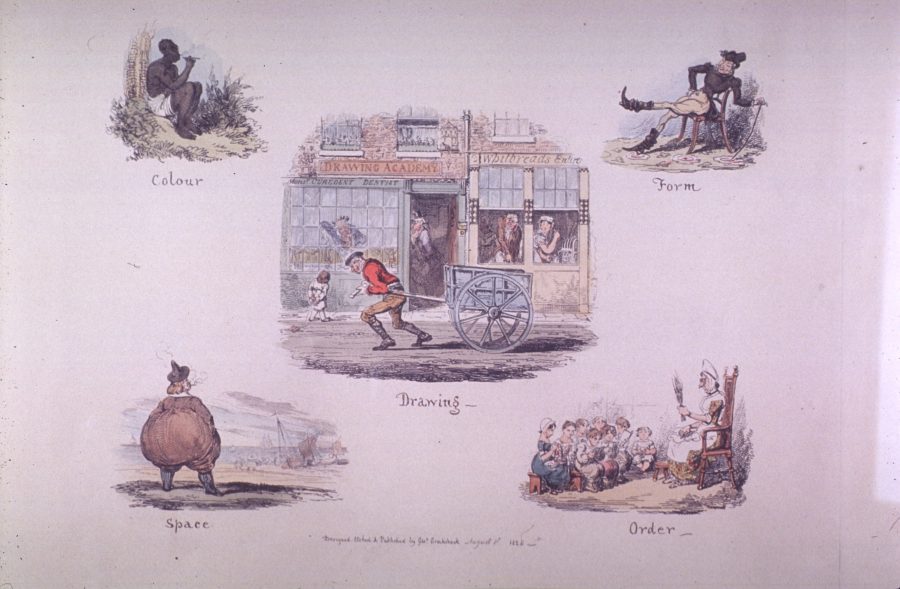
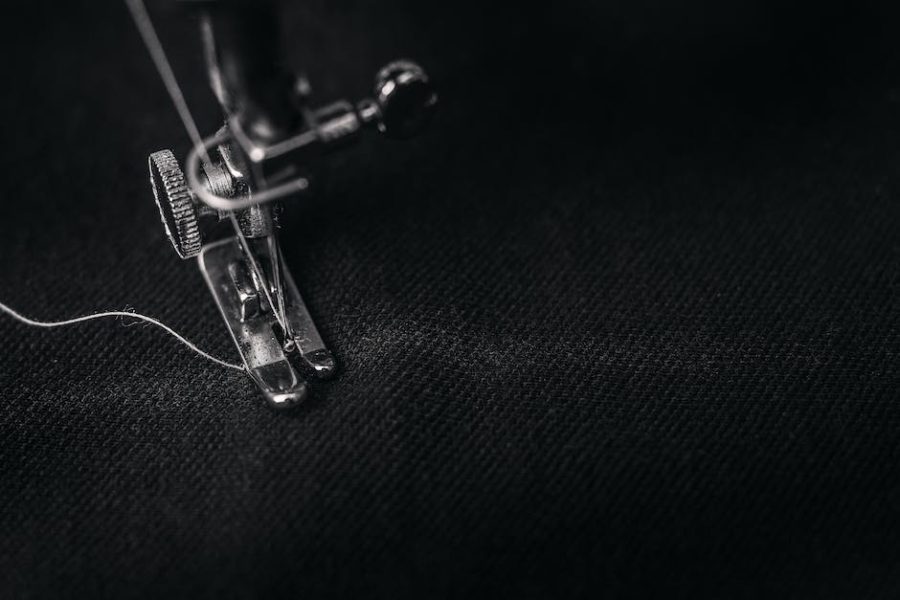
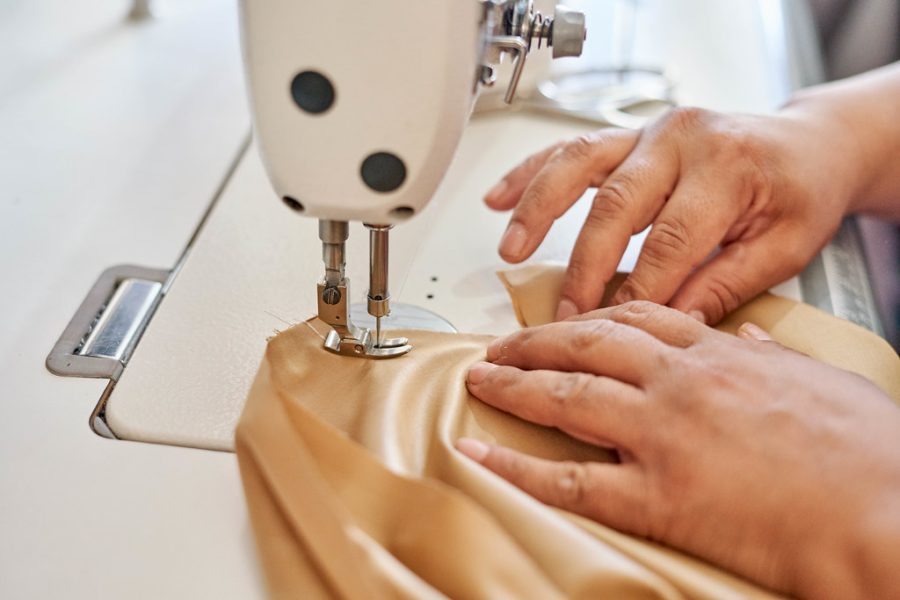
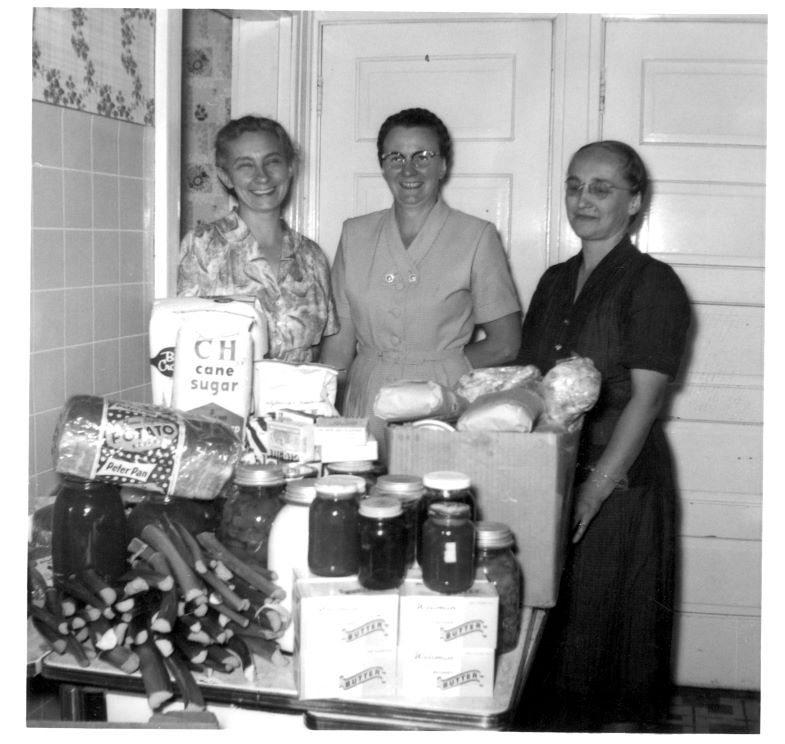
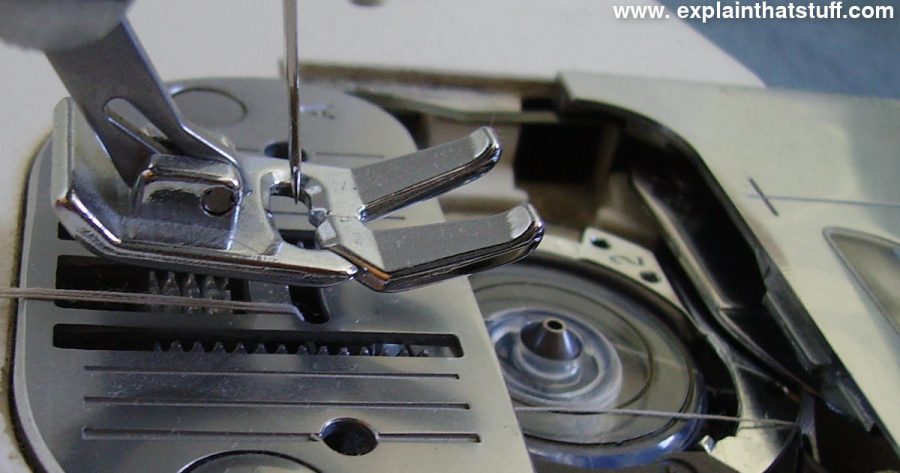
I love using labels to personalize projects I make.
Joyce Boag: Labels can really make a difference in the finished project.
Creating labels can give a handmade item an extra special touch – it’s like making a note of gratitude and appreciation for your handmade masterpiece! Not only can labels be used to express personality and values, but they also serve a practical purpose by letting others know who made the item.
A well placed label can make a huge style difference and truly show off your work!